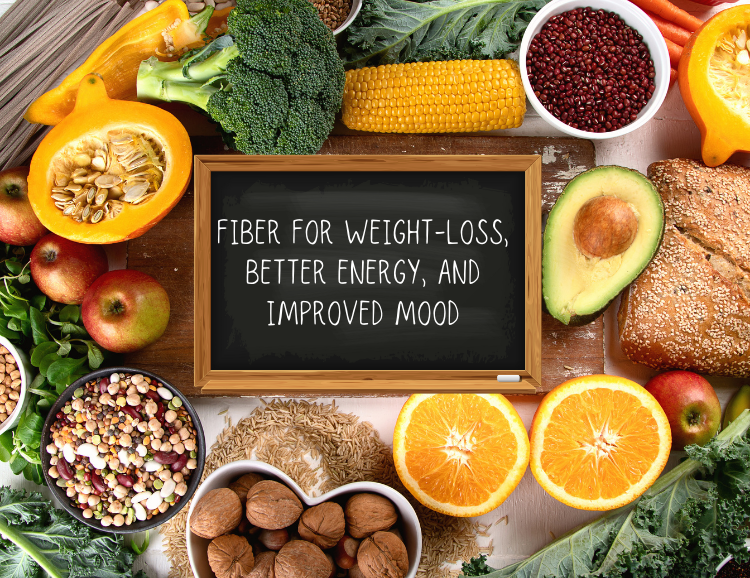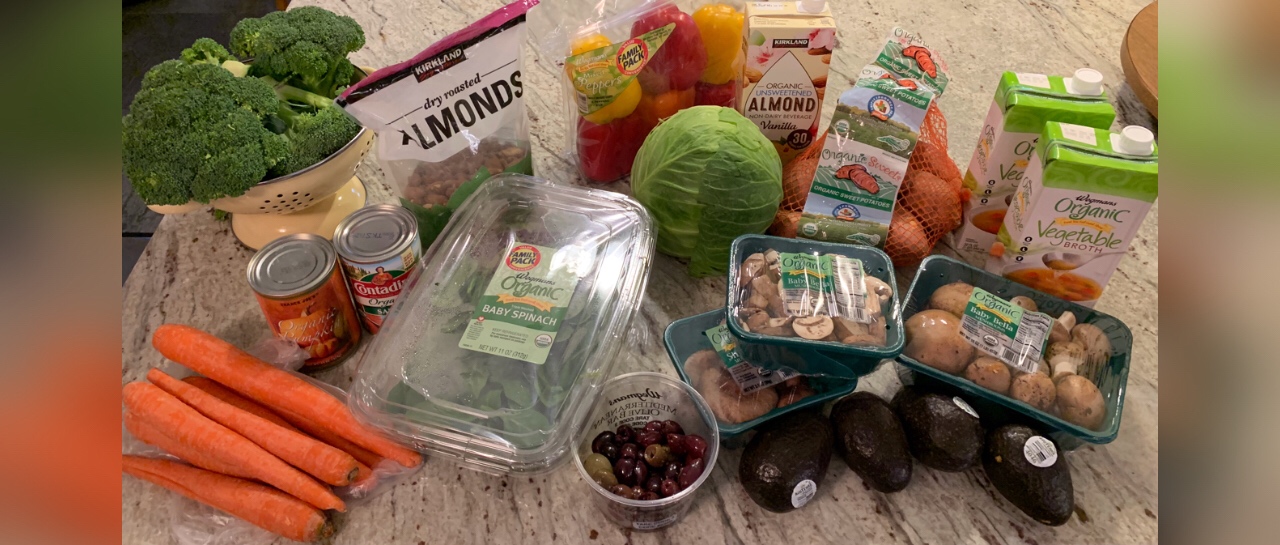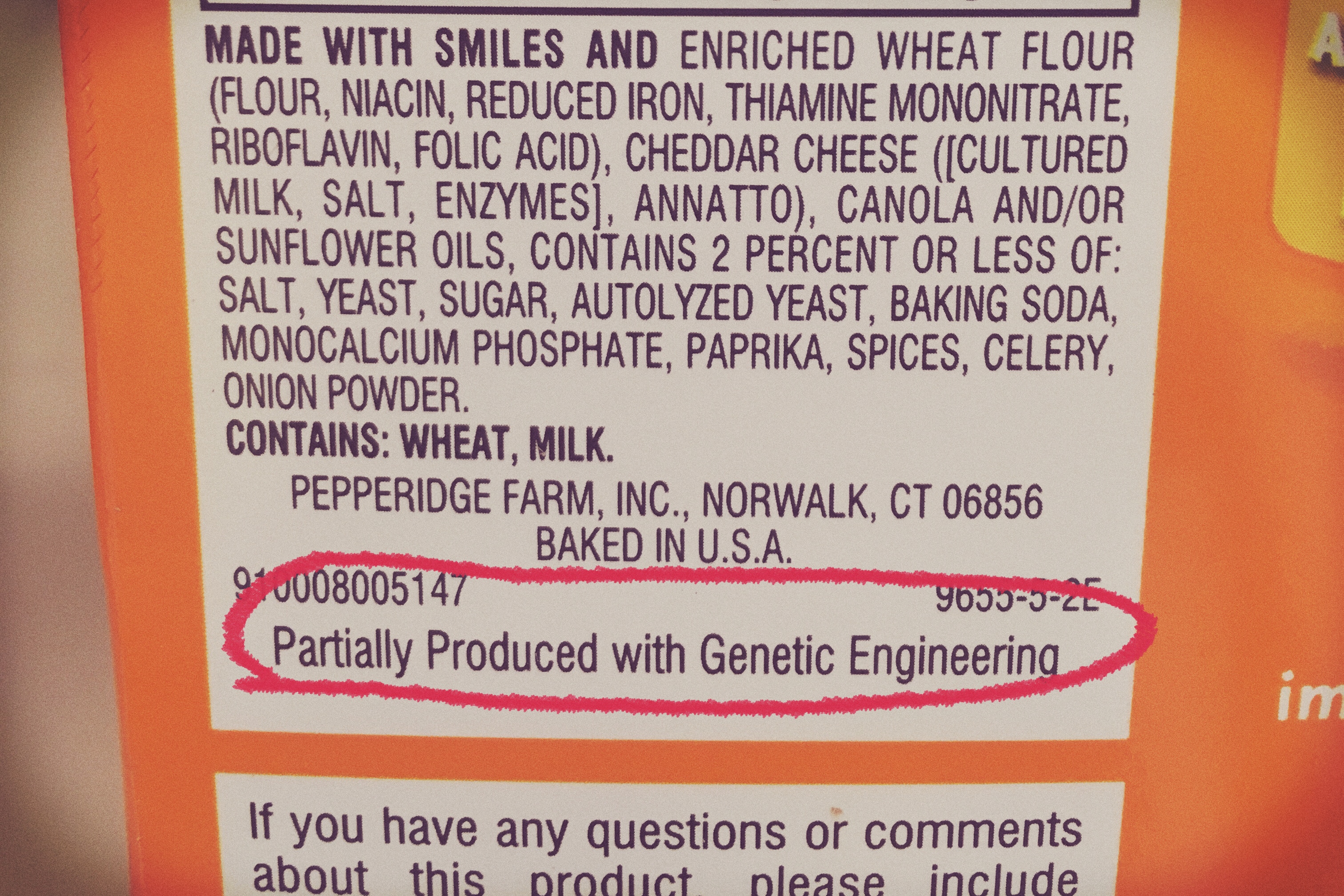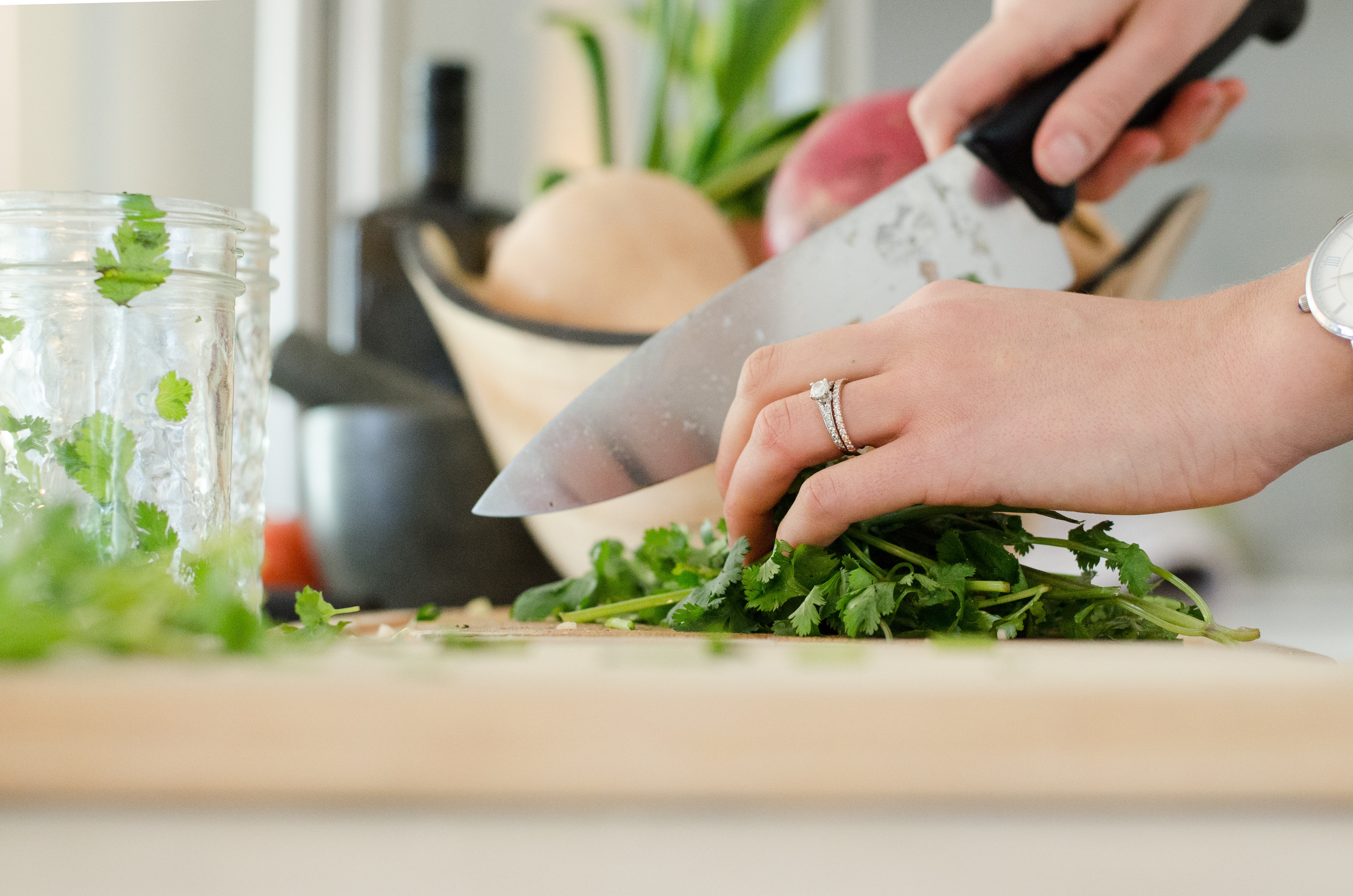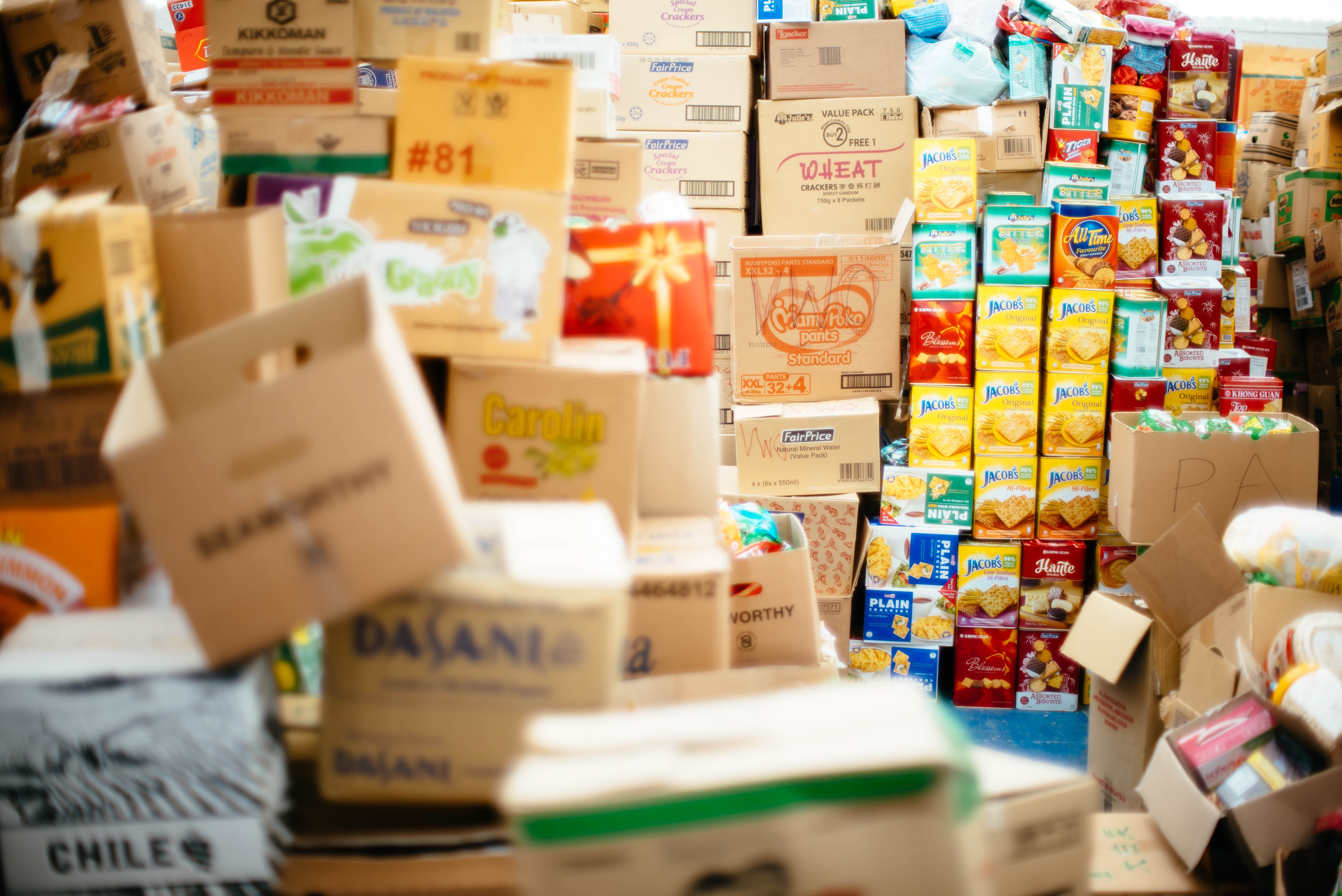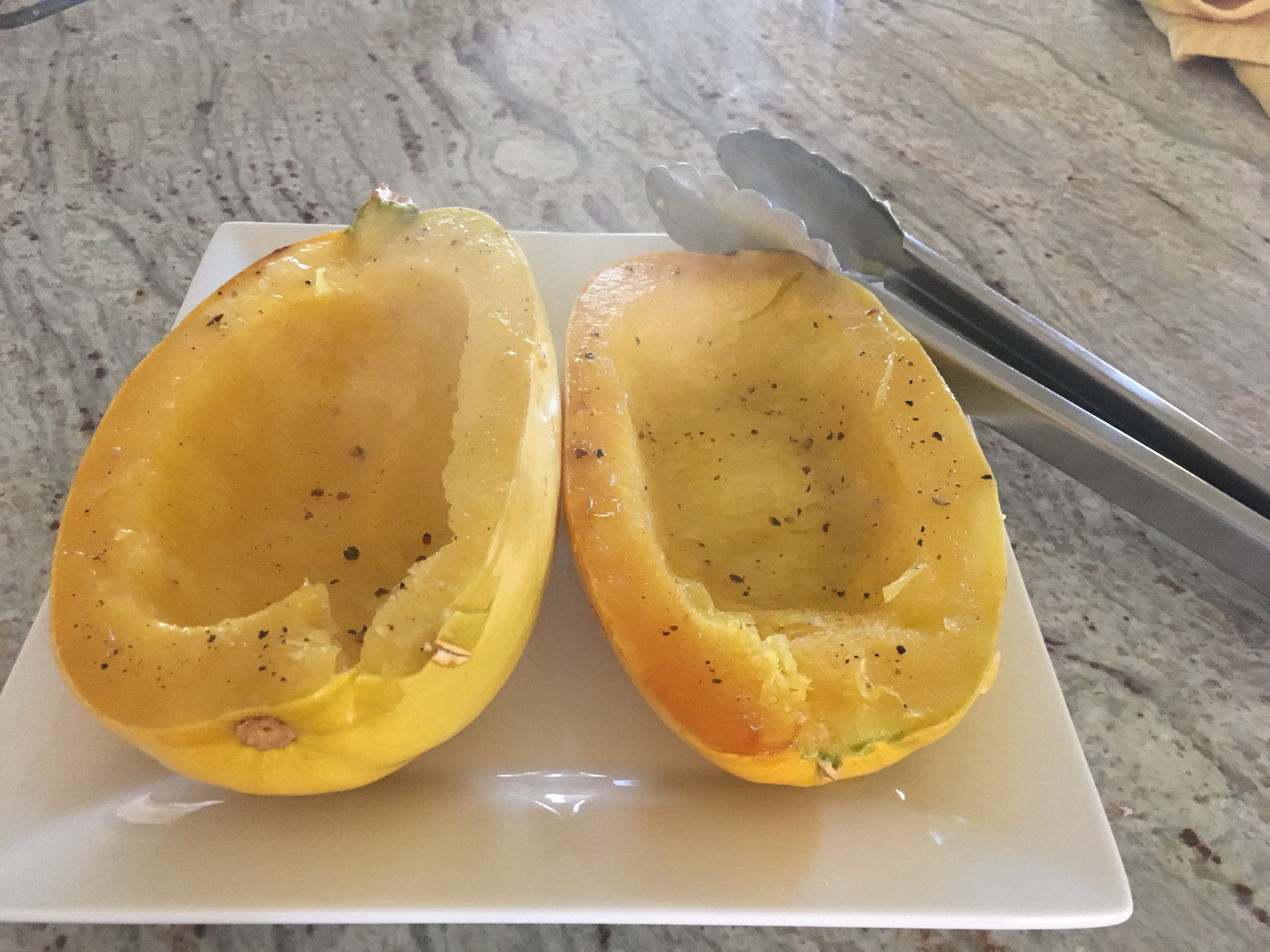Fiber is finally getting the attention it deserves. This overlooked nutrient doesn’t just support digestion—it’s a powerhouse for weight loss, better energy, and overall health.
“Fiber is half the antidote [of the obesity epidemic], and exercise the other half.” – Dr. Robert Lustig:
If your health goals this year include shedding a few pounds or boosting your vitality, the answer might not be in a trendy supplement or a strict diet. Instead, it’s in real, fiber-packed food.
Fiber: The Real Superfood
Why is fiber so underrated? In our obsession with protein, carbs, and fats, fiber has taken a backseat—but it’s time to bring it forward. Here’s what makes fiber essential for your health:
- It Powers Your Metabolism
Fiber fuels the production of short-chain fatty acids (SCFAs) in your gut. SCFAs support fat-burning, regulate hormones like GLP-1, and help heal your gut lining—all key players in maintaining a healthy metabolism. - It Helps with Weight Loss
Fiber-rich foods naturally promote feelings of fullness, reducing overeating and mindless snacking. Fiber slows digestion and stabilizes blood sugar, which helps keep hunger in check. Studies show that increasing fiber intake can lead to effortless weight loss without calorie counting. - It Nourishes Your Gut and Immune System
Prebiotic fibers, found in plant foods like root vegetables and asparagus, feed the beneficial bacteria in your gut. A healthy gut supports nutrient absorption, immune defense, and even cognitive function. - It Improves Mood and Mental Health
Fiber supports the gut microbiome, which is closely linked to brain health through the gut-brain axis. Short-chain fatty acids (SCFAs) produced by fiber fermentation help reduce inflammation and stimulate the production of brain-derived neurotrophic factor (BDNF), essential for cognitive function and emotional regulation. A balanced microbiome can enhance mood, reduce anxiety, and improve mental clarity.
What is Fiber?
Fiber is a type of carbohydrate that comes exclusively from plants. Unlike other carbohydrates, which break down into glucose, fiber passes through the digestive system mostly intact. It’s found in whole fruits, vegetables, legumes, nuts, and seeds, but it’s absent in animal products or oils.
The bottom line: fiber is not for YOU, it’s for your microbiome. Your microbiome is everything when it comes to your health.
What Are the Two Types of Fiber?
Fiber comes in two forms: soluble and insoluble, each with unique benefits and food sources.
- Soluble Fiber: This type dissolves in water, forming a gel-like substance that helps lower blood sugar and cholesterol levels. It also serves as a prebiotic, nourishing the beneficial bacteria in your gut microbiome.
Examples: Oats, beans, lentils, peas, apples, oranges, carrots, barley, and psyllium. - Insoluble Fiber: This type doesn’t dissolve in water and helps bulk up stool, promoting regular bowel movements and preventing constipation.
Examples: Broccoli, kale, cauliflower, quinoa, potatoes (with skin), green beans, whole wheat, and nuts.
Real Food Strategies for Fiber Success
The best part? You don’t need supplements or packaged “high-fiber” products to meet your goals. Here’s how to focus on real food to pack in the fiber:
- Start with Whole Fruits and Vegetables
Opt for fresh apples, carrots, broccoli, and leafy greens. The fiber in these foods is intact, unlike processed “fiber-fortified” snacks, which often include isolated or synthetic fibers. - Add Nuts, Seeds, and Legumes
Flax and chia seeds are fiber powerhouses, offering 16 grams of fiber with just two tablespoons of each. Toss them into smoothies or sprinkle on salads. Lentils and beans are also excellent options for soups and stews. - Ditch Processed Grains
Processed cereals and snacks might boast added fiber, but they can spike your blood sugar and come with additives such as sugars, flavorings, emulsifiers, and preservatives. Instead, choose intact, unprocessed grains like quinoa and farro.
A Day in the Life of 40g of Fiber (It IS possible!!)
Here’s how a day of real, whole food can help you reach 40 grams of fiber:
- Breakfast (8g):
Smoothie with blueberries, spinach, flax, and chia seeds. - Lunch (14g):
Salad with mixed greens, avocado, bell peppers, cucumbers, and chickpeas. Apple for dessert! - Snack (7g):
Hummus and fresh carrot sticks. - Dinner (9g):
Roasted Brussels sprouts, sweet potato
Total Fiber: 42 grams
*Note to balance the nutrition, this day would also include clean protein and healthy fats.
The Fiber Mindset
Remember, fiber isn’t just about a number. It’s about eating more real, whole foods that naturally contain this super-nutrient. When you prioritize these foods, the weight-loss benefits, better energy, and overall health improvements will follow naturally.
Pro Tip: Build up your fiber intake gradually and drink plenty of water to support digestion. ** If you jump from 12g to 40g too quickly you will NOT be happy with me!!**
2025: The Year of Real Food and Fiber
Fiber is more than just a nutrient—it’s a key to unlocking sustainable weight loss and long-term health. Let this underrated hero be your guide to achieving your New Year’s goals with delicious, real food.
Looking for ways to increase your fiber? Check out this collection of delicious high-fiber snack ideas!
